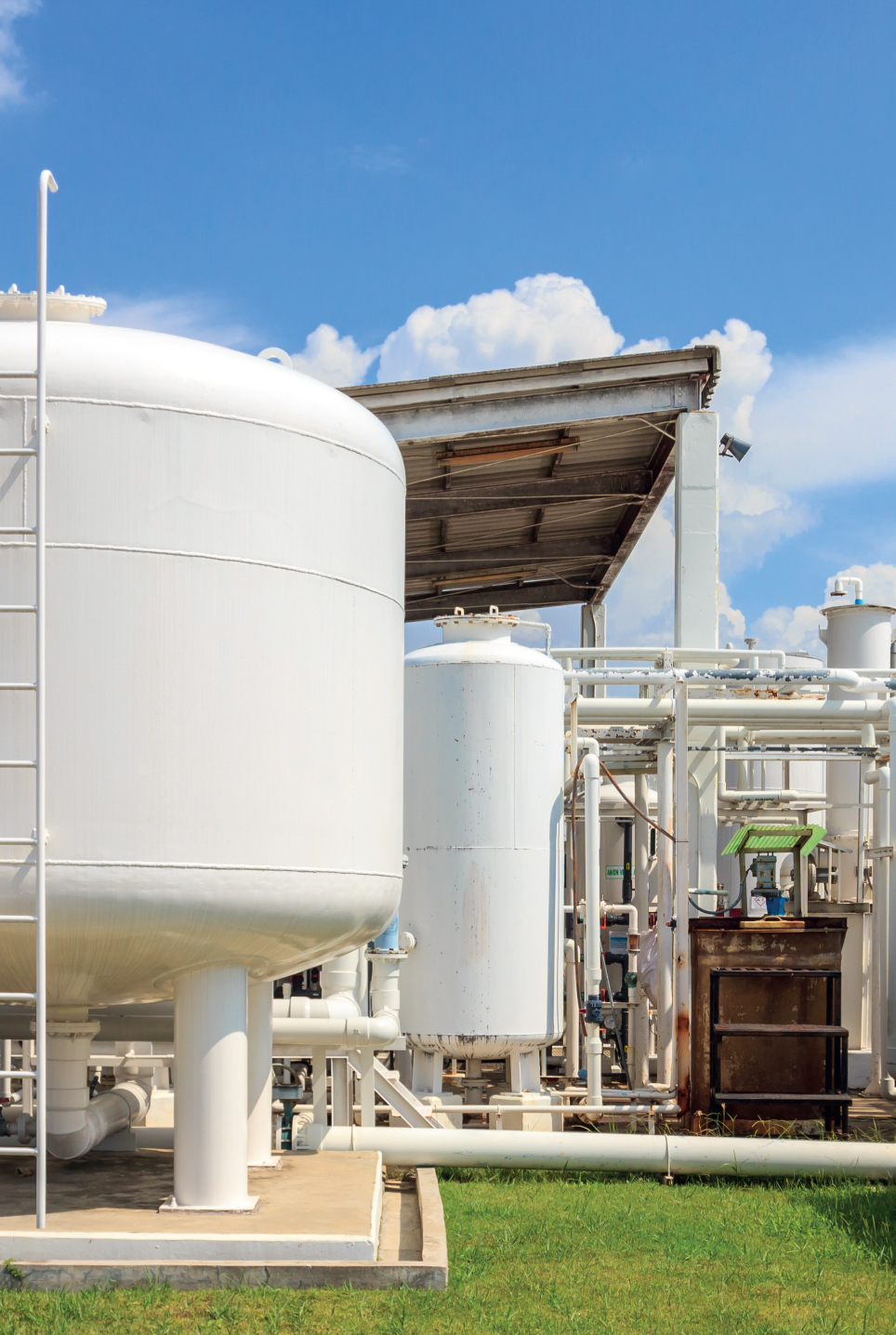Chapter seven Produced Water Treatment

The treatment of effluents of oil and gas operations can sometimes be impacted by the presence of produced polymer. The current technologies and developments will be highlighted in this chapter.
7.1. Introduction
In hydrocarbon‐bearing formations, water is very often associated with oil and/or gas. After a period of time in production, this water – called formation water – will likely be produced along with the oil and/or gas at an increasing percentage (called the water‐cut) until little hydrocarbon is produced. In order to maintain the pressure in the reservoir and displace the fluids of interest, a common practice is to inject water into the formation over an extended period until the process is rendered uneconomical by the quasi‐absence of oil production. The result is the production of large quantities of water that require handling, treating, disposal, or reinjection. The associated treating and handling costs can be significant, ranging from a few cents to a few dollars per barrel, depending on the treatment facilities, oil density/viscosity, and other contaminants such as solids, forcing companies to develop strategies to tackle this issue.
Polymer flooding is one of the techniques that helps delay water breakthrough when implemented early enough. Even when this technique is deployed late in the life of the field, it can ...
Get Essentials of Polymer Flooding Technique now with the O’Reilly learning platform.
O’Reilly members experience books, live events, courses curated by job role, and more from O’Reilly and nearly 200 top publishers.

